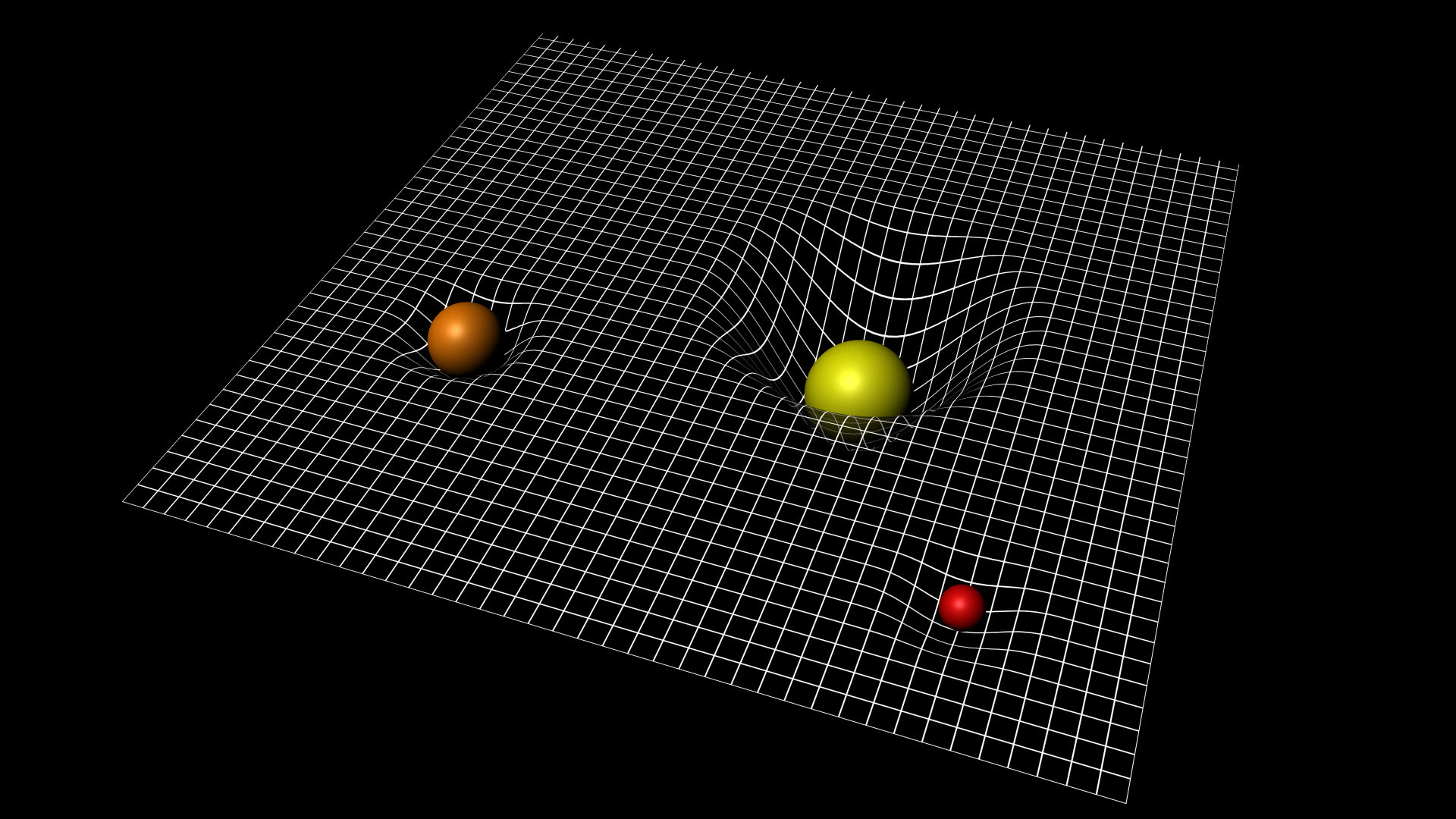-
Notifications
You must be signed in to change notification settings - Fork 8
Technology of the Chronologue telescope explained
This document presents concepts you need to understand before using Chronologue. The document looks at time travel and its constraints.
Time is “a nonspatial continuum” Merriam Webster. “Nonspatial” means that time has no size, nor can it be touched. However, time can be measured in increments of different sizes, such as seconds, minutes, hours, days. To visualize time, we can read a clock or look at a calendar. Different cultures use different calendars. The Chronologue telescope uses the Gregorian calendar.
Spacetime is when you combine the three spatial dimensions (3D) and time, resulting in a four-dimensional (4D) system. Since there is no exact visual representation of a 4D space, you will often see pictures like this to clarify the relationship between space and time:

Large objects, like stars and planets, impact spacetime by deforming it. Time does not progress linearly but at different speeds because of the deformation. This effect can be measured on earth as well. Clocks on the mean sea level work at normal speed, whereas clocks on a plane at 10,000 km go a bit slower. One episode of the TV show PBS Spacetime explains this concept well: General Relativity & Curved Spacetime Explained!
Note: The following paragraphs contain fiction and do not reflect reality.
Chronologue consists of two things:
- The time-travel telescope
- Software to change the parameters of the time-travel telescope
A usual telescope allows you to see the light of stars that are many lightyears away. Because it takes a long time for the light to travel across the universe, we are not looking at the current state of this star, but the past. Let’s look at a more tangible example to clarify this phenomenon:
You’re at home watching the football world cup via an internet stream and you notice the connection is sometimes a bit laggy. Suddenly you hear your neighbors cheer aloud but your screen only shows people chasing a football. Two seconds later, you also see that a team scored a goal.
The time-travel telescope is an upgraded, more complex telescope that lets you look at the past, the present, and the future in any location in the universe. You can access the time-travel telescope via your browser as a viewer and look at pre-programmed time travel destinations, such as the discovery of fire. If you need to access a specific time in space, you can do so by using the Chronologue API.
Because spacetime can be formed, the time-travel telescope can create a path between different points in spacetime, also known as a wormhole. A wormhole connects different places in space, different points in time, or both, and is often visualized as a tunnel.

Note: Everything starting from here is pure fiction.
Since it takes a tremendous amount of energy to create a wormhole, there is only one time-travel telescope in the world, governed by the Chronologue project. If you want access to the time-travel telescope and run your program on it, you need to fill out a request for time-travel (RTT). The Chronologue project reviews RTTs to ensure that the time-travel telescope is used in a way that benefits humanity in the best way possible, such as:
- Academic research
- Educational purposes
- Time tourism
See more details about the Chronologue Use Cases.